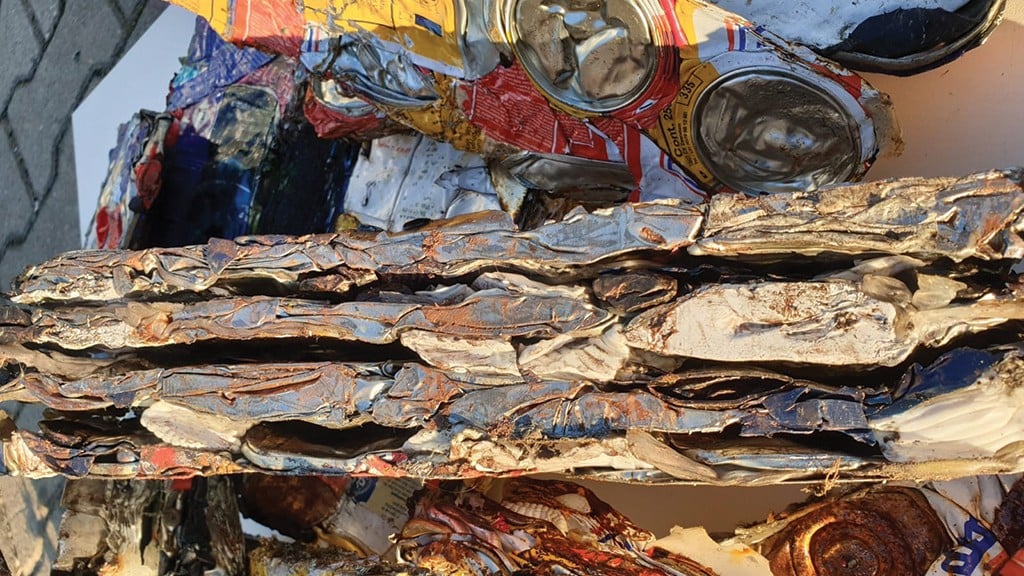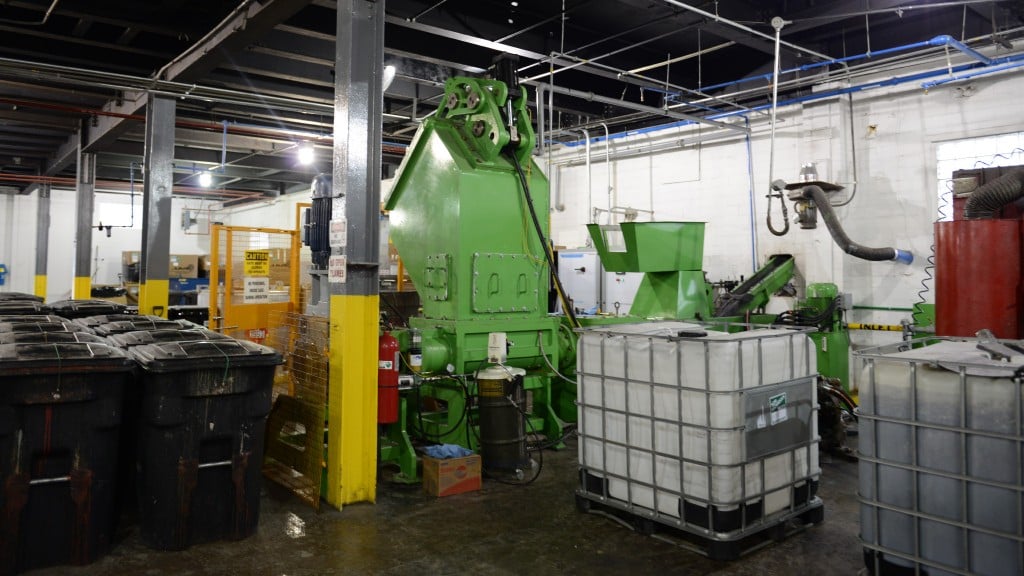The past, present & future of aerosol recycling
With over 15 billion spray cans produced per year, there's a significant hazardous waste stream to face

The history of aerosol can disposal
Back in the 1930s and 1940s, long before recycling technology was even a consideration, aerosols were introduced commercially to consumers. Since then, the production and use of spray cans has seen tremendous growth, reaching over 15 billion units per year. With this growth, however, comes a significant waste stream that is hazardous and potentially explosive.
At the time, landfilling and incineration were the best practices, but these methods did not allow the aluminum containers to be reused or recycled in any way. Understandably, sustainability and the circular economy were not commonly considered back then.
Working towards a circular economy for spray cans
Fortunately, things have changed for the better. One example can be found within the UK Aerosol Recycling Initiative, a program headed by Alupro, that aims to increase public awareness surrounding aerosol recycling and drive increased recycling rates across the U.K. The program is supported by major players in the aerosol industry, including Ball Cans, Despray Environmental, Trivium Packaging, and the British Aerosol Manufacturers Association. This initiative brings industry players together and paves the way for a new way of thinking when it comes to aerosol and aluminum can recycling.
All of the waste types within the body of an aerosol can must be considered to access the valuable aluminum and meet all environmental responsibilities. This was previously a formidable technical task, but it is now possible. The opportunity for the recovery and recycling of over 15 billion cans per year not only saves valuable resources, but also reduces the carbon footprint of the propellants and liquid contents that contribute to greenhouse gas production and climate change.
The current state of aerosol recycling
The aerosol filler industry already has an impressive sustainability report card when it comes to manufacturing and its corporate environmental footprint. We now have the opportunity to advance those gains to include complete waste-to-energy solutions and recover up to 100 percent of the aluminum. This is an example of a circular economy that can be expanded worldwide.
The aerosol industry has come a long way in terms of sustainability and corporate responsibility, driven by pressure from health and safety concerns, global environmental awareness, and corporate image. While 100 percent recycling technology exists, the future of aerosol recycling still has many hurdles to overcome, including corporate practices, public awareness, and appropriate price levels for aerosol recycling.
Looking towards the future
The good news is that these obstacles are achievable in the near future with the continued focus and support of all parties involved. With modern day recycling and sustainability expectations, best practices, and a new way of thinking, we can continue to meet environmental responsibilities and move toward a more sustainable future while reclaiming otherwise lost metals and valuable fuel sources.
Mike MacKay is the co-owner and managing director of Despray Environment which offers recycling technology for aerosols.



